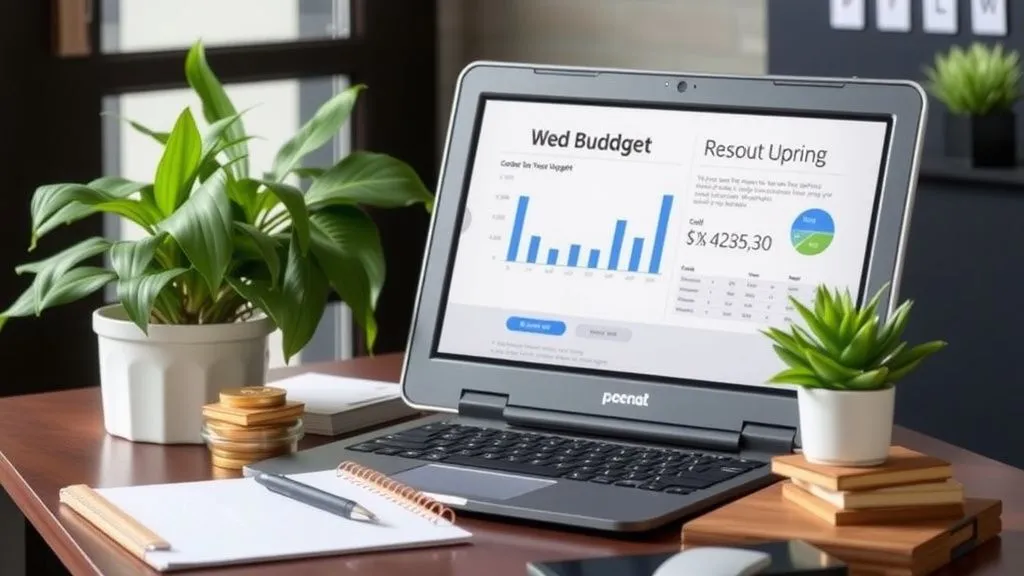Step 3: Create Budget Categories
Creating budget categories is an essential step in managing your finances effectively. By organizing your expenses into specific categories, you can gain a clear understanding of where your money is going and make informed decisions about how to allocate your funds. In this article, we will discuss the importance of budget categories and provide practical tips for creating them.
Why Budget Categories Matter
Having well-defined budget categories allows you to track your spending accurately. Instead of lumping all your expenses together, categorizing them provides a detailed breakdown of where your money is being spent. This knowledge enables you to identify areas where you may be overspending or areas where you can cut back.
For example:
- Housing: Rent/mortgage payments, property taxes, home insurance.
- Utilities: Electricity, water, gas, internet, phone bills.
- Transportation: Car payments, fuel costs, maintenance and repairs.
- Groceries: Food and household supplies.
- Dining out: Restaurants and takeout meals.
- Entertainment: Movies, concerts, subscriptions (Netflix, Spotify).
- Savings: Emergency fund contributions, retirement savings.
- Debt repayment: Credit card debt, student loans.
Categorizing expenses also helps you set realistic financial goals. By seeing how much you spend in each category on average, you can determine how much you need to allocate towards different expenses or savings targets each month.
Tips for Creating Budget Categories
When creating budget categories, it's important to consider your specific financial situation and goals. Here are some tips to help you get started:
1. Review Your Current Expenses
Start by reviewing your past bank statements or financial records to identify recurring expenses. Look for patterns and group similar expenses together.
2. Prioritize Essential Expenses
Ensure that your budget includes essential expenses such as housing, utilities, groceries, and transportation before allocating funds for discretionary items like entertainment or dining out.
3. Include Savings and Debt Repayment Categories
Make sure to allocate a portion of your budget towards savings and debt repayment. This will help you build an emergency fund, save for future goals, and reduce any outstanding debts.
4. Be Realistic
Avoid setting overly strict budgets that are difficult to follow. Be realistic about your income and spending habits when assigning amounts to each category.
5. Leave Room for Flexibility
Life is unpredictable, so it's important to leave some room in your budget for unexpected expenses or changes in circumstances.
The Benefits of Budget Categories
- Better Financial Awareness: By categorizing your expenses, you gain a clearer understanding of where your money is going each month.
- Saving Money: Identifying areas where you can cut back allows you to save more effectively.
- Easier Decision-Making: When faced with a financial choice, having well-defined categories helps you make informed decisions based on your priorities.
- Goal Tracking: Categorizing expenses helps you set and track progress towards financial goals.
- Improved Financial Stability: By managing your budget effectively, you can reduce debt, build savings, and achieve greater financial stability.
In Conclusion
Creating budget categories is a crucial step in taking control of your finances. By organizing your expenses into specific categories, you gain a clearer understanding of where your money is going and can make informed decisions about how to allocate your funds. Remember to review and adjust your budget periodically to ensure it aligns with your current financial situation and goals. With well-defined budget categories, you'll be on the path to financial success.


